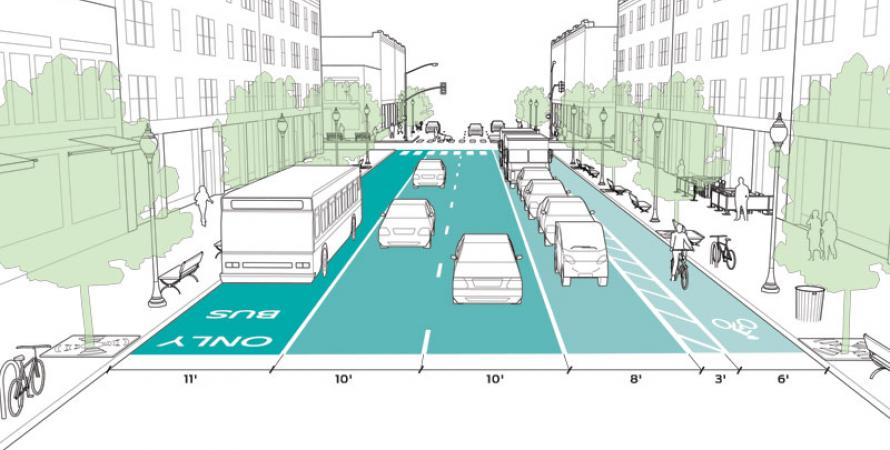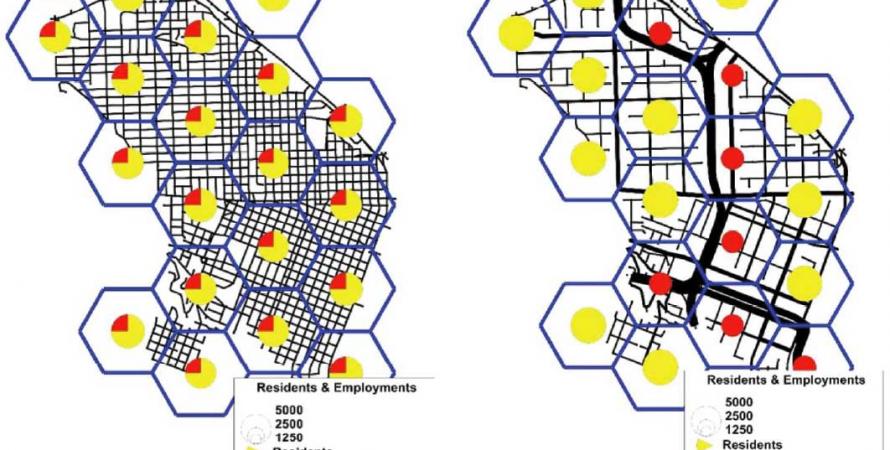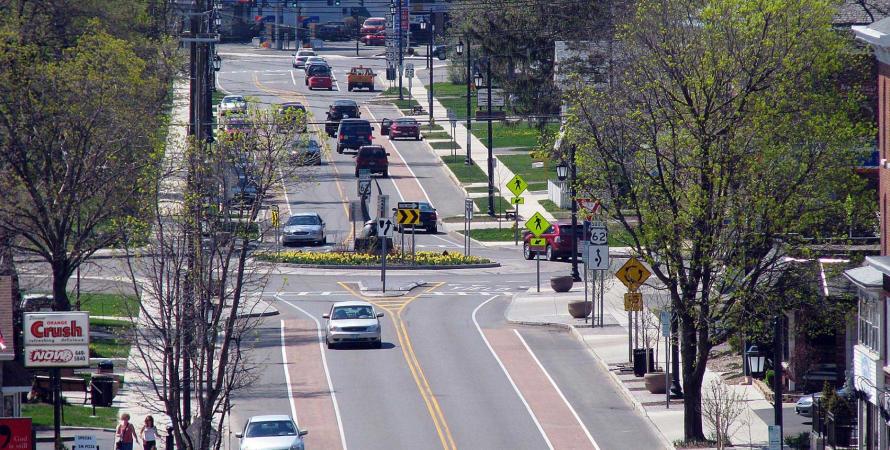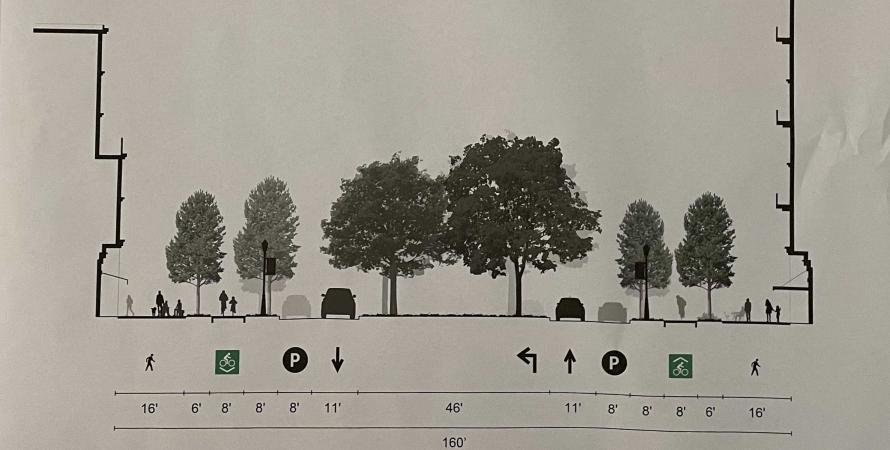-

Engineers resist narrow lanes, but change is coming
An American Society of Civil Engineers survey shows the challenges to creating more walkable streets, yet the way forward is to enable more context-based design.A little over a month ago, Johns Hopkins University released the largest-ever research on travel lane width and safety, providing conclusive evidence that 9- and 10-foot lanes do not contribute to greater automobile crashes and, in some cases, reduce collisions. Traffic engineers have long shunned...Read more -

Connected streets are needed to support mixed-use, study reports
A study looks at hierarchical and interconnected street networks, concluding that you can't have effective mixed-use without street grids, which provide many benefits.Nearly all local land-use comprehensive plans nowadays call for mixed-use and walkability, but they often lack specific instructions on streets to enable those outcomes. A study in the Journal of Geotechnical and Transportation Engineering claims that well-connected street networks—e.g., street...Read more -

Johns Hopkins study recommends narrow travel lanes
A nationwide study of more than 1,000 street sections sides with urbanists and planners in the long-standing battle with traffic engineers over the benefits of narrow travel lanes in urban places.Narrow travel lanes, which benefit walkable cities because they provide more room for pedestrians, bicyclists, and landscaping, also do not contribute to automobile crashes, according to a new nationwide study from the Johns Hopkins Bloomberg School of Public Health. According to the research team...Read more -

I-81 transformation begins in Syracuse, but design is still an issue
New York State DOT is moving forward with replacing the I-81 viaduct, which has divided the Upstate city for six decades, with a grid of streets. But the design will determine whether this is a human-scale community grid or marred by a suburban arterial.The City of Syracuse and the New York State Department of Transportation (DOT) agree that a "community grid" best replaces the aging Interstate 81 viaduct that has divided the city since the 1960s. Despite an ongoing court challenge from opponents, the state started clearing trees in July to...Read more